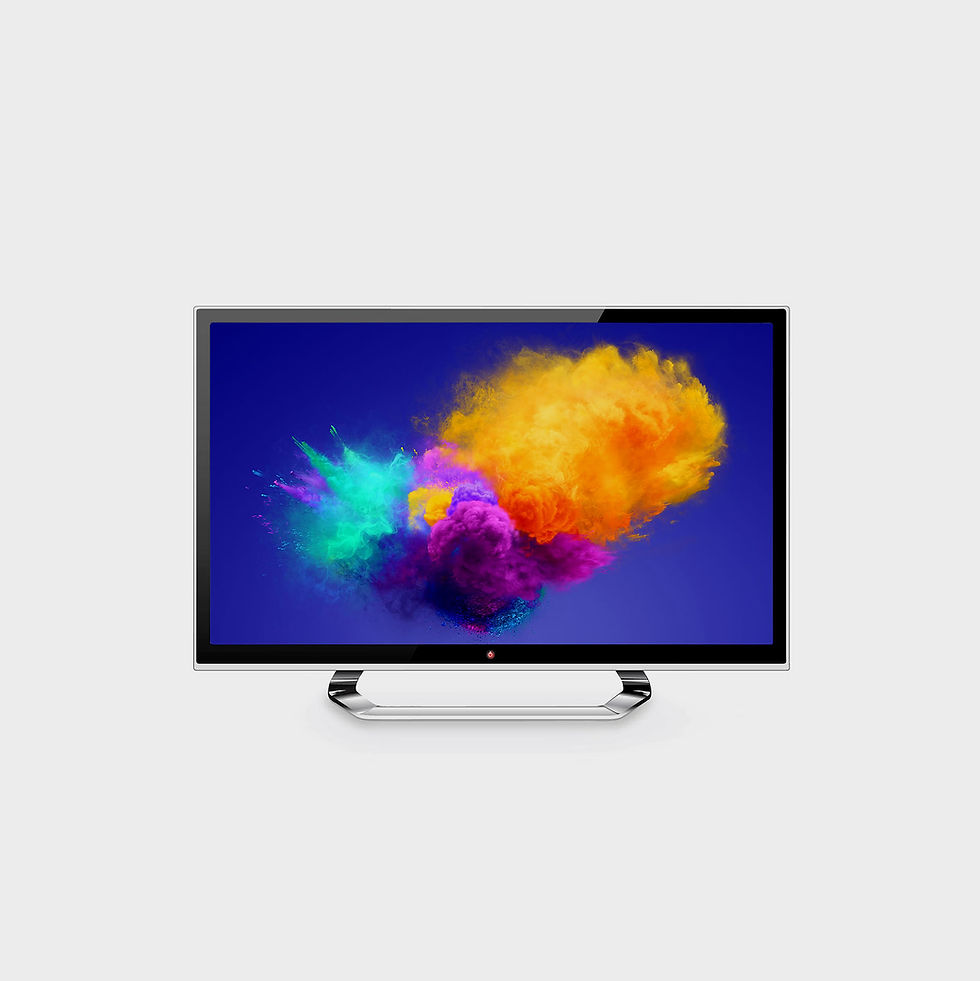Understanding the Difference Between CMYK and RGB Color Models
- The Colour Crew
- Jun 1, 2023
- 2 min read
Colours play a fundamental role in our lives, be it in design, printing, or digital media. However, different applications require different colour models to accurately represent and reproduce colours. Two popular colour models used extensively in the world of design and printing are CMYK and RGB. In this blog post, we will delve into the differences between these two colour models and understand their unique characteristics.
RGB
RGB stands for Red, Green, and Blue. It is an additive colour model used primarily for electronic displays such as televisions, computer monitors, and mobile devices. In RGB, colours are created by combining varying intensities of red, green, and blue light. Each primary colour has a range of 0 to 255, indicating the intensity level. For example, pure red is represented as (255, 0, 0), while white is represented as (255, 255, 255).

Key Points:
RGB is an additive colour model where colours are created by combining red, green, and blue light.
It is used for electronic displays and web-based content.
The colour values range from 0 to 255 for each primary colour.
RGB produces a wider range of colours, especially in the brighter and more vibrant spectrum.
The primary colours blend together to produce white light.
CMYK
CMYK stands for Cyan, Magenta, Yellow, and Key (Black). It is a subtractive colour model used in printing processes. In CMYK, colours are created by subtracting varying amounts of cyan, magenta, yellow, and black ink from a white background. The absence of these inks results in pure white, while the presence of all four inks produces black.

Key Points:
CMYK is a subtractive colour model used for print and physical media.
It uses inks to create colours by subtracting wavelengths of light.
The colour values range from 0 to 100 for each ink.
CMYK produces a more limited colour gamut, especially in the vibrant and bright spectrum.
The primary colours combine to produce black.
Application Differences
The choice between RGB and CMYK depends on the intended application:
RGB is ideal for digital content, such as websites, social media graphics, and multimedia presentations, as it accurately represents the colours on electronic displays. RGB's wider colour gamut and vibrant hues are well-suited for on-screen viewing.
CMYK is essential for print media, including brochures, magazines, and packaging. Since CMYK reflects how the ink interacts with paper, it ensures accurate colour reproduction on the printed material. However, when designing for print, it's important to convert RGB colours to CMYK to avoid unexpected colour shifts
Understanding the differences between CMYK and RGB colour models is crucial for designers and anyone involved in digital and print media. RGB is suitable for on-screen display, while CMYK ensures accurate colour representation in print. By selecting the appropriate colour model for each application, you can achieve consistent and vibrant results in your designs or print projects.




Comments